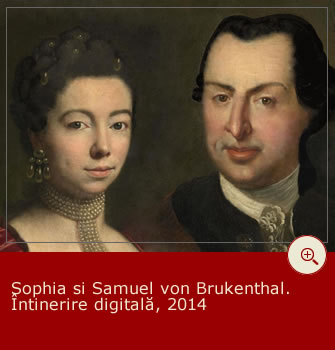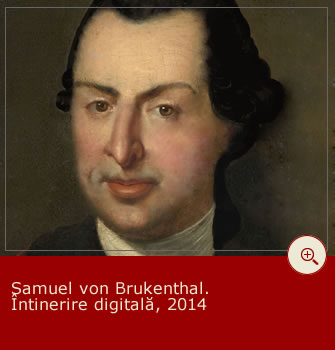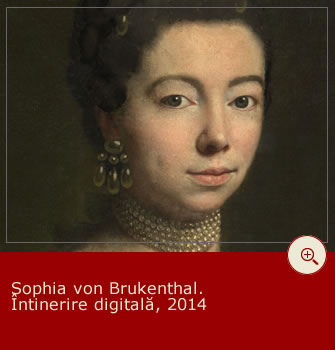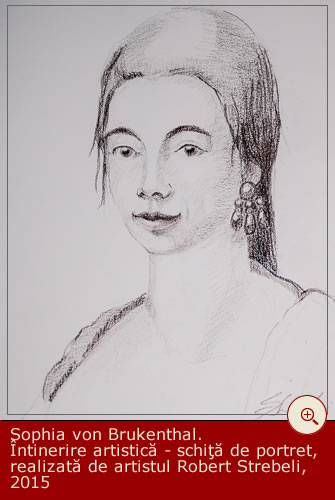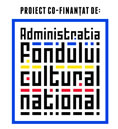- RO
- EN
- |
- |
- |
It is known about young Sophia that she had “a lot of brains, beauty and a considerable fortune”, being one of the most important heiresses in Sibiu and well accomplished in art and literature. Still there are no specific data about her appearance, so the question most often heard in front of Sophia’s portrait is “How did she look when she was young?”
Three possible answers have been given by means of digital age-regression and portrait sketch.
digital age-regression
A first attempt of rejuvenation was endeavored in the making of The Legacy short-film inside “White Palace – Dark Story” campaign for Brukenthal Palace restoration. During the same campaign, it was realized a digital age-regression for Samuel von Brukenthal and the husbands were reunited in a family portrait.
The forensic portraitist perspective
“Aging is an obvious biological phenomenon. With the passing of the years, some modifications occur that are characteristic to the maturity and then to the old age.
Numerous data stand for the differences between youth and senescence; for example, between 30 and 91 years the muscles lose 30% of their weight.
The researches in the field show two distinct types for the skin aging: one caused by the genetic information – the intrinsic aging – and the other determined by the environmental factors – the extrinsic aging.
The digital facial aging is used in cases of missing minors or of the people escaping from the law, providing an anticipative evolution of the physiognomies in time, facilitating their identification.
Consistent with the above, facial rejuvenation is the reversible process of aging, a coming back to the initial status, a return in time.
It is very important that in the rejuvenation process one should not focus on physical youth only but to consider also the person inside the face, to discover the self under the features’ mask at the precise moment in a person’s spiritual evolution.”
(Principal Inspector Florin Lăzău, forensic portraitist, Bihor Police, Romania)
The artist’s vision
“An artist can make a rejuvenated version of a portrait by the means of the artistic anatomy. By researching the osteology of the face (that shows the typology and the character) and the miology (that shows the expressivity) it could be found in which spots the skin is attached to the cranium without evolving much adipose tissue – these spots and the distance between the pupils remain unchanged during the entire adult life.
Thus, the artist can approach a typified portrait for any age, having as starting point the portrait of a person after the osteological development of the head has been complete.
Nevertheless, the portrait represents a moment of actual life. There is a psychological aspect encoded in the eyes of the subject that must be considered as well. In this endeavor, creativity and empathy are the main instruments to be used.”
(Robert Strebeli, artist and curator, Brukenthal National Museum)

